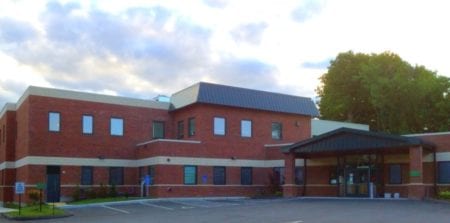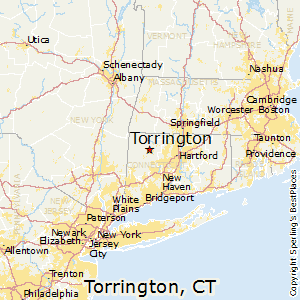Client Update: On the Front Lines of the Opioid Epidemic


 Last December, PCDC completed $1 million in financing for infrastructure investments at the Community Health & Wellness Center (CHWC) of Greater Torrington, an area of Connecticut deeply affected by the opioid crisis.
Last December, PCDC completed $1 million in financing for infrastructure investments at the Community Health & Wellness Center (CHWC) of Greater Torrington, an area of Connecticut deeply affected by the opioid crisis.
The initiative was the latest to spring from a partnership that began in 2013, when CHWC became PCDC’s first financing project outside of New York State.
The latest financing enables CHWC not only to improve care integration and track care delivery, but also to better address health outcomes amidst the growing opioid epidemic.
Overseeing the enhancements is CHWC Chief Executive Officer, Joanne Borduas [pictured]. In a recent interview, she discussed the role of financing — and primary care at large — in helping confront the opioid crisis in rural Connecticut.
Borduas: The opioid crisis is far-reaching and has no boundaries. It affects all ages, whether you are a victim of addiction or whether you suffer from the effects of living with one. It does not discriminate against race and ethnicity and it targets the most vulnerable.
Financing from PCDC has helped CHWC fund much-needed staff resources to ensure building a program that not only addresses the immediate needs of our patients, but also the broader needs of the community.
We have been able to hire skilled providers certified in Medication Assisted Treatment (MAT), found to be the most effective care by combining monitored use of medication to help patients eliminate their cravings with individual counseling and psychotherapy. We’re doing our part to increase access to such a valuable service.
 [Through PCDC financing] we have also been able to:
[Through PCDC financing] we have also been able to:
While far-reaching policy changes require commitment from Congress to reduce population exposure to opioids, CHWC is able to concentrate on participating and creating a support system of services locally within our community to help combat this epidemic.
 It is difficult to speak of the opioid crisis without talking about the role of primary care providers. They are on the front lines of this devastating epidemic.
It is difficult to speak of the opioid crisis without talking about the role of primary care providers. They are on the front lines of this devastating epidemic.
Patients have been found to prefer addiction treatment in their primary care office, as it lessens the stigma associated with going to a substance treatment center. Again, primary care teams can play a significant role in addressing the substance use issue that exist in the community through a MAT program, combining medication and individual counseling.
In addition to MAT, a primary care office can establish the necessary resource levels to focus attention on services ranging from counseling and referral, harm reduction interventions, and collaboration with key community partners, to full-practice integration that allows for a warm handoff to addiction or mental health specialist — and ensures patient engagement and continuity of care.
It all starts with understanding the needs within the community and realizing that we can all do our parts, no matter how small or large, to help combat an unrelenting crisis.
Start with ensuring there is an understanding and consensus of a common goal: helping individuals access effective treatment more easily than they have access to pain pills.
We want patients to know we can help them — regardless of their ability to pay — and on that same day.
Also, get providers interested in certifying for MAT and then establish a network of referrals within the community to provide the counseling if it is not readily available within the practice. An office can even start by partnering with their local addiction specialist to provide the physicals needed to enter a recovery program. This creates a strong care coordination network and helps to prevent patients from getting lost from care and further treatment.
The CHWC project is the first to be financed through the Transformation Loan Fund, a PCDC pilot program that provides flexible financing for pressing infrastructure needs, allowing community health centers to focus on core health services.